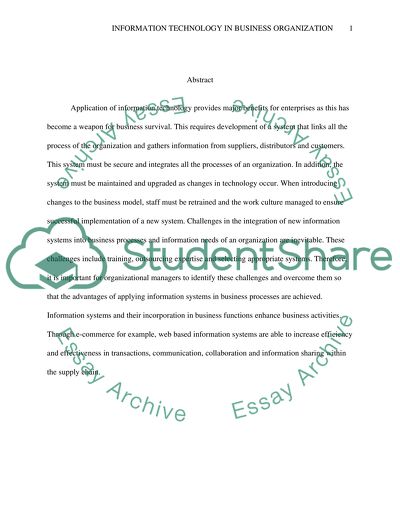Cite this document
(“Use of Information Technology to Support the Drive E-Business in Research Paper”, n.d.)
Use of Information Technology to Support the Drive E-Business in Research Paper. Retrieved from https://studentshare.org/e-commerce/1446410-the-use-of-information-technology-to-support-the
Use of Information Technology to Support the Drive E-Business in Research Paper. Retrieved from https://studentshare.org/e-commerce/1446410-the-use-of-information-technology-to-support-the
(Use of Information Technology to Support the Drive E-Business in Research Paper)
Use of Information Technology to Support the Drive E-Business in Research Paper. https://studentshare.org/e-commerce/1446410-the-use-of-information-technology-to-support-the.
Use of Information Technology to Support the Drive E-Business in Research Paper. https://studentshare.org/e-commerce/1446410-the-use-of-information-technology-to-support-the.
“Use of Information Technology to Support the Drive E-Business in Research Paper”, n.d. https://studentshare.org/e-commerce/1446410-the-use-of-information-technology-to-support-the.


